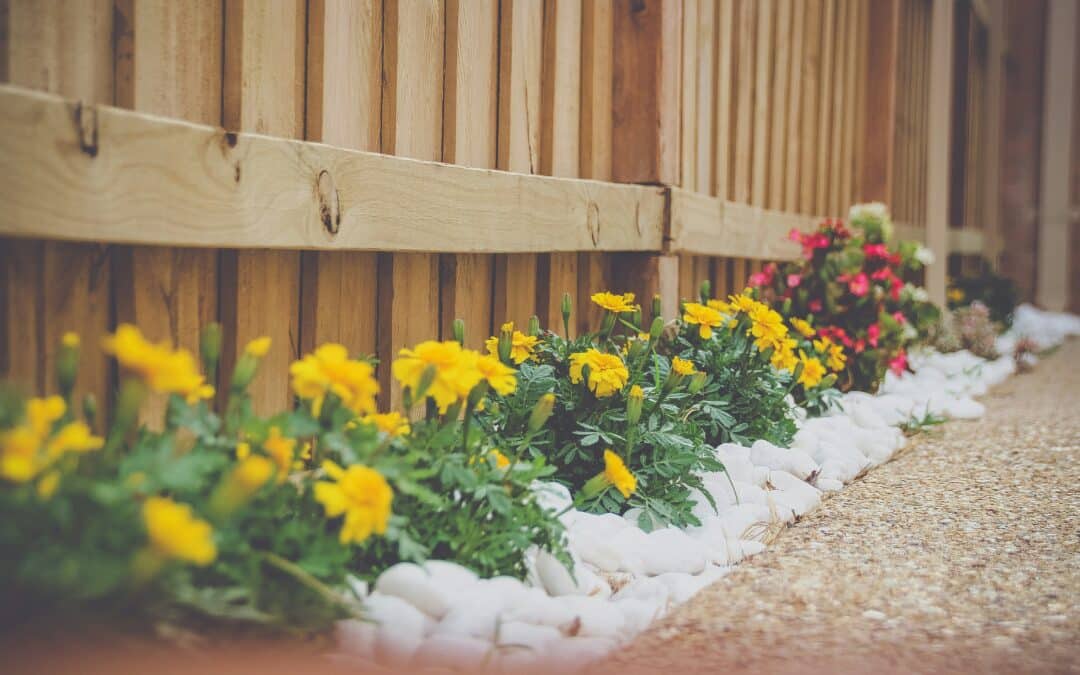Top 10 Landscaping Trends to review from 2024: What’s New and What’s Out
The landscaping industry is constantly evolving, and as we approach 2024, new trends are emerging that focus on sustainability, technology, and low-maintenance designs. These trends not only enhance the aesthetic appeal of outdoor spaces but also respond to environmental concerns and the growing demand for functional outdoor living areas. Here, we explore the top ten landscaping trends for 2024 that homeowners and landscapers should consider to stay ahead in the field.
1. Native Plant Landscapes
Popularity: There’s a significant shift towards landscapes that require less water and maintenance, making native plants increasingly popular.
Benefits: Native plants are well-suited to the local climate and soil, which means they thrive without extra watering or chemical treatments. This not only helps in conserving resources but also supports local wildlife, providing habitats and food sources.
Implementation: To integrate native plants into your landscape, choose species that are indigenous to your area. Research local flora and consult with a landscape professional to design a garden that mimics the natural ecosystem.
2. Edible Gardens
Popularity: The farm-to-table movement continues to influence landscaping trends, with more homeowners growing their own herbs, vegetables, and fruits.
Benefits: Edible gardens offer the dual benefits of producing fresh, organic produce while also adding visual interest to your yard.
Implementation: Consider raised beds for better soil control and drainage, and incorporate companion planting to naturally deter pests.
3. Outdoor Living Spaces
Popularity: Expanding living spaces to include the outdoors is a trend that has been growing over the years and continues to dominate.
Benefits: These areas increase the usable square footage of your home and provide a perfect place for relaxation and entertainment.
Implementation: Design functional areas that reflect the interior style of your home. Include features like built-in seating, fire pits, and outdoor kitchens that enhance comfort and utility.
4. Smart Irrigation Systems
- Popularity: As water conservation becomes more critical, the demand for smart irrigation systems is skyrocketing.
- Benefits: These systems significantly reduce water waste by automatically adjusting watering schedules based on weather conditions.
- Implementation: Install irrigation controllers that connect to Wi-Fi for real-time weather updates and soil moisture sensors to fine-tune watering needs.
5. Pollinator-Friendly Gardens
- Popularity: With the decline in bee populations, creating gardens that support pollinators is becoming a priority for environmentally conscious gardeners.
- Benefits: These gardens not only help in conserving pollinators but also ensure the health of the plants in your garden by facilitating pollination.
- Implementation: Include a variety of plants that flower at different times of the year to provide continuous food sources for bees, butterflies, and other pollinators.
6. Vertical Gardening
- Popularity: This trend is particularly relevant in urban areas where space is limited.
- Benefits: Vertical gardens can improve air quality and reduce the urban heat island effect.
- Implementation: Use trellises, wall planters, and hanging baskets to grow plants vertically. This approach is particularly effective for herbs, small vegetables, and succulents.
7. Xeriscaping
- Popularity: In areas prone to drought, xeriscaping is becoming a practical alternative to traditional landscaping.
- Benefits: This method significantly reduces the need for water, making it both environmentally and financially beneficial.
- Implementation: Focus on drought-tolerant plants, efficient irrigation practices, and mulching to reduce evaporation.
8. Outdoor Lighting
- Popularity: Advances in LED technology are making outdoor lighting a more attractive option for homeowners.
- Benefits: Besides enhancing security, well-planned outdoor lighting can extend the usability of outdoor spaces into the evening.
- Implementation: Integrate energy-efficient LED lights into pathways, steps, and focal points in the garden for both aesthetics and safety.
9. Hardscaping with Recycled Materials
- Popularity: Sustainable practices in landscaping are extending to hardscaping, where recycled materials are used to create paths, patios, and walls.
- Benefits: This not only reduces the carbon footprint but also adds a unique aesthetic to the landscape.
- Implementation: Use reclaimed wood, recycled concrete, and repurposed bricks in your hardscaping projects.
10. Technology-Integrated Outdoor Spaces
- Popularity: The integration of technology in outdoor spaces is on the rise, with innovations that make these areas more enjoyable year-round.
- Benefits: Technology can increase the functionality of outdoor spaces, allowing for amenities like outdoor sound systems, heating, and lighting that can be controlled via smartphones.
- Implementation: Plan for Wi-Fi extenders, weatherproof Bluetooth speakers, and smart lighting during the initial design phase to ensure seamless integration.
Conclusion
The landscaping trends for 2024 reflect a move towards more sustainable, functional, and technologically integrated outdoor spaces. These trends not only improve the quality and functionality of outdoor living areas but also respond to broader environmental challenges by promoting sustainability and biodiversity. Whether you’re planning a new landscape project or looking to update an existing garden, these trends provide valuable insights and inspiration for making the most of your outdoor space. If you’re looking to implement any of these ideas, consider consulting with a professional landscaper who can help bring your vision to life while ensuring that your landscape is both beautiful and sustainable.
Ready to transform your outdoor space with the latest trends? Contact Goat Kings Landscaping today to incorporate the top 2024 landscaping trends into your property. Let’s create a sustainable, functional, and stunning landscape together!

